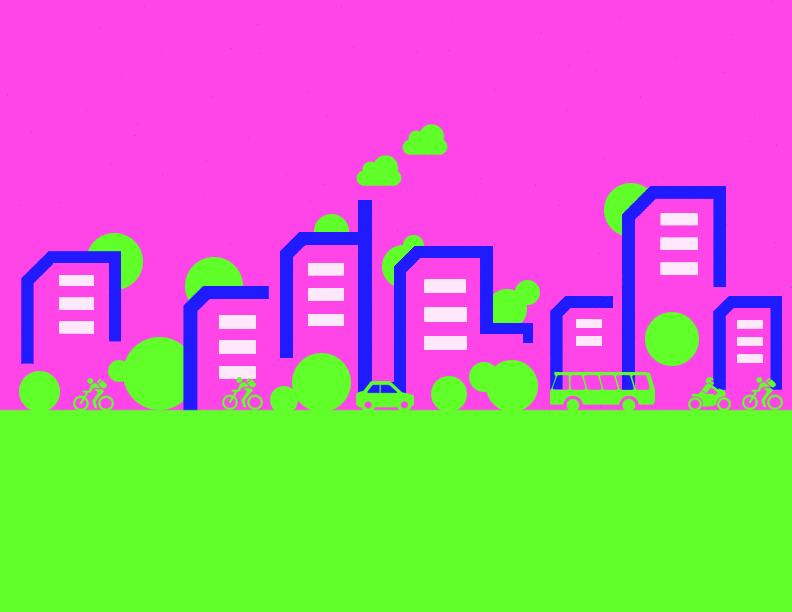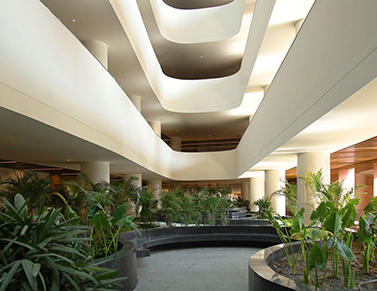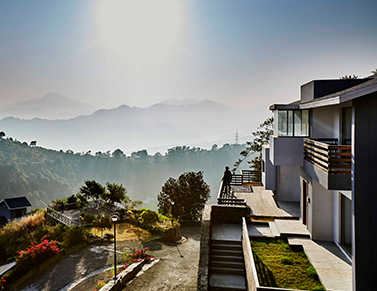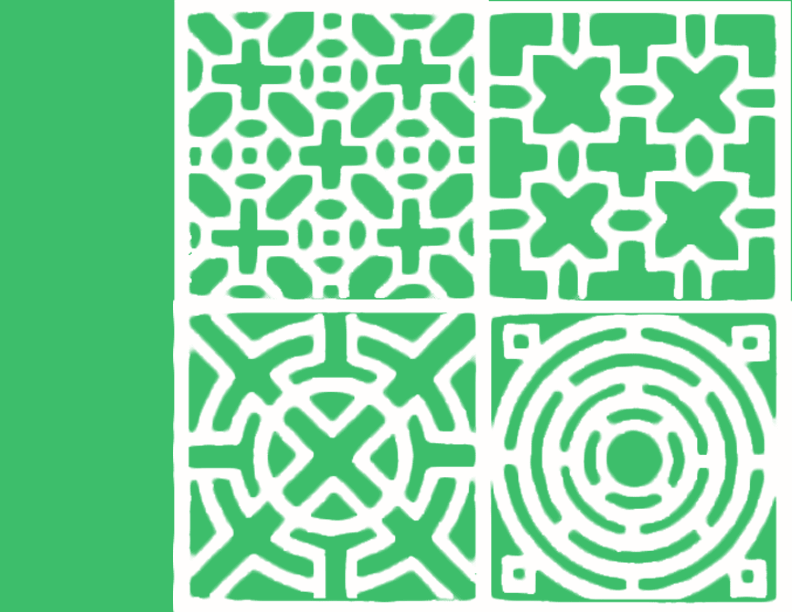A neighborhood can be defined as a localized residential area with distinctive characteristics in larger cities. It comprises of residential typologies like apartments, houses, or bungalows, community park, basic shopping amenities, small medical facility and maybe even a school. The residential fabric is closely knitted by cultural and social activities that add to the unique character of the place.
Post industrialization in India, rampant urban growth and demand for housing has changed the face of urban living. There is now a common understanding of a clear segregation of public and private limits within which one lives. For example, typically vibrant and open neighborhoods have been converted into gated colonies for safety and security reasons. Accommodation of cars in residential areas have led to conversion of some beautiful neighborhood parks into dull and barren parking lots due to space constraints and have increased dust and pollution levels within residential areas. Community markets are now in dilapidated conditions, unsecure and dirty where footfall has terribly reduced. Today, in general, open societies or neighborhoods are not considered safe over gated residential complexes. The interesting observation with gated communities is that they break the connection between the inside and the outside spaces.
As housing demand continues to grow, landscape architecture has a unique vantage to re-stitch this broken urban fabric, restore the ecosystem and reduce the environmental impacts of urbanization. Landscaping that integrates public and semi-public spaces like parks and playgrounds, community markets and other public areas invite residents and allow them to enjoy the open space as an extension of nature in the urbanized environment. Strategically placed street furniture and no dead corners ensure safety for all residents. Dedicated children parks with recreational activities activate the space allowing for more social and community engagements.










